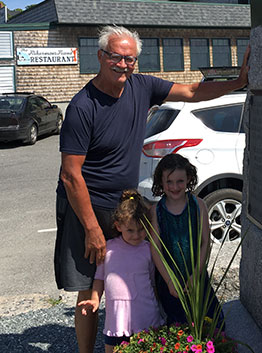At the beginning of the Cold War, C. E. Wilson, the CEO of General Electric, said that the country faced two enemies: the Soviet Union abroad and labor at home. Today in Poland, Trump said that the country again faces two enemies in what he calls “a civilizational crisis.” But this time, the enemies are “radical Islamic terrorism” abroad and “the steady creep of government bureaucracy that drains the vitality and wealth of the people” at home.
He asked a bused in crowd from rural Poland and loyalists of the right wing Polish government, with a barely disguised subtext of racism, sexism, xenophobia, and homophobia, “Do we have the confidence in our values to defend them at any cost? Do we have enough respect for our citizens to protect our borders? Do we have the desire and the courage to preserve our civilization in the face of those who would subvert and destroy it?”
In the late 1940s, Wilson’s aphorism became the outlook and policy guide for the country’s elite and what followed was a long era of war and intervention in far flung regions of the world and retrenchment and reaction here, put over in the language of the Red Scare and the Soviet Menace. But as bad as it was it would have been far worse had it not been for the civil rights movement in the early sixties and the other social movements that came on its heels, challenging official policy and offering a different vision to the country.
Today the majority of the American people aren’t drinking Trump’s Kool Aid like Americans drank Wilson’s and his Cold War counterparts in business, government, the media, and Hollywood during that earlier time. But it goes without saying that there is no reason for any of us to rest comfortable. The opposition to Trump and Congressional Republicans — at least from my small patch — while remarkable and encouraging in many ways, isn’t yet deep or broad or sustained enough to the challenge we face.



